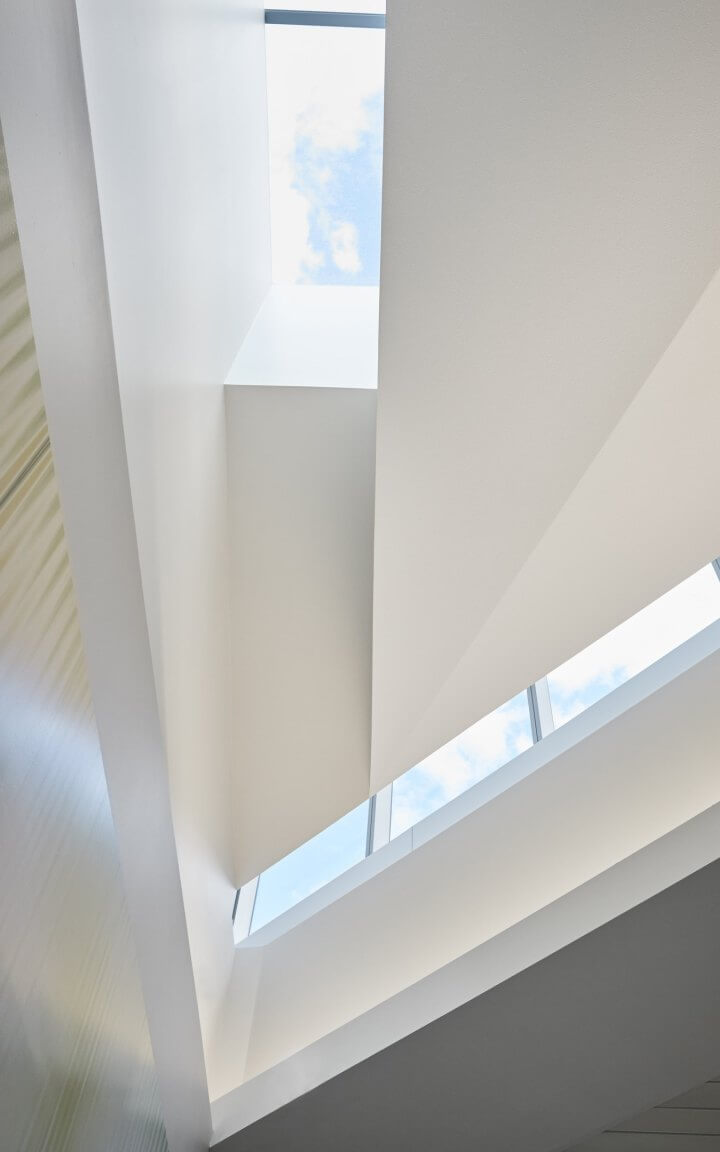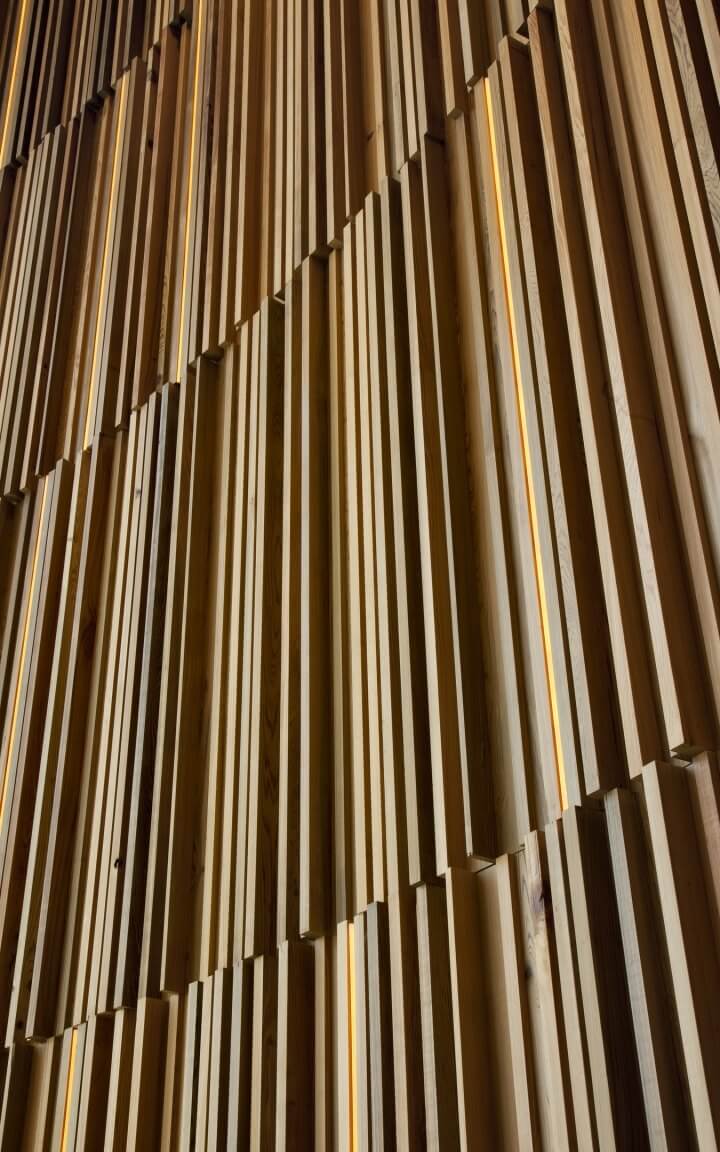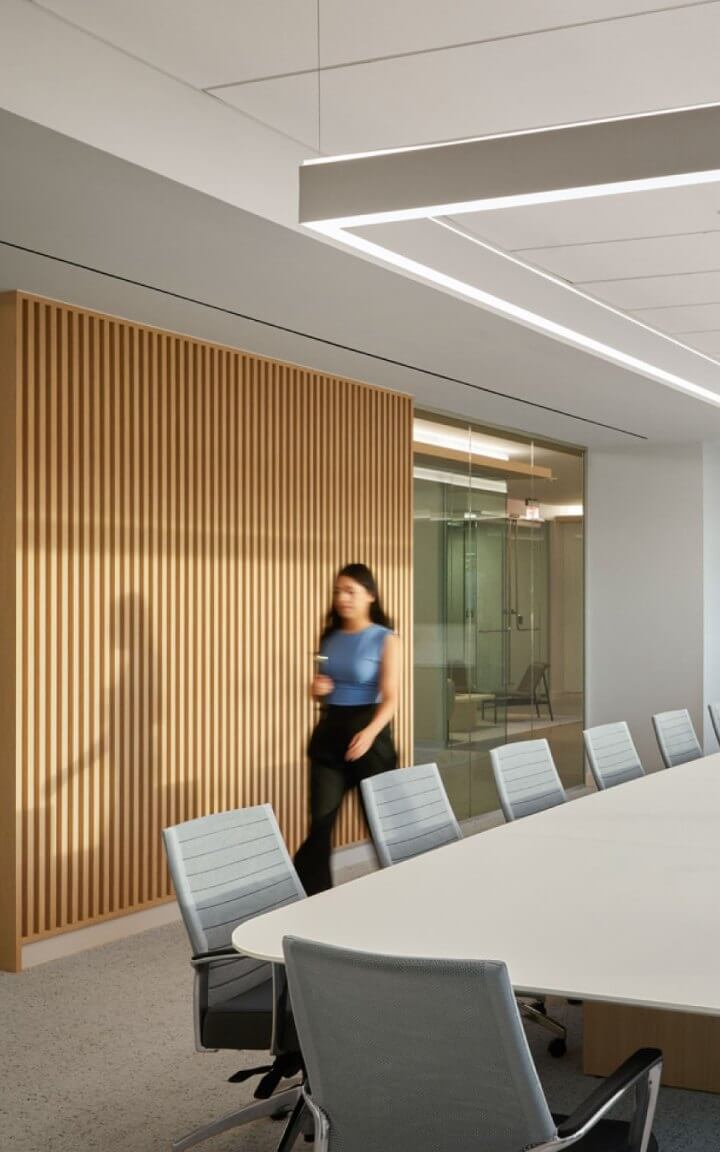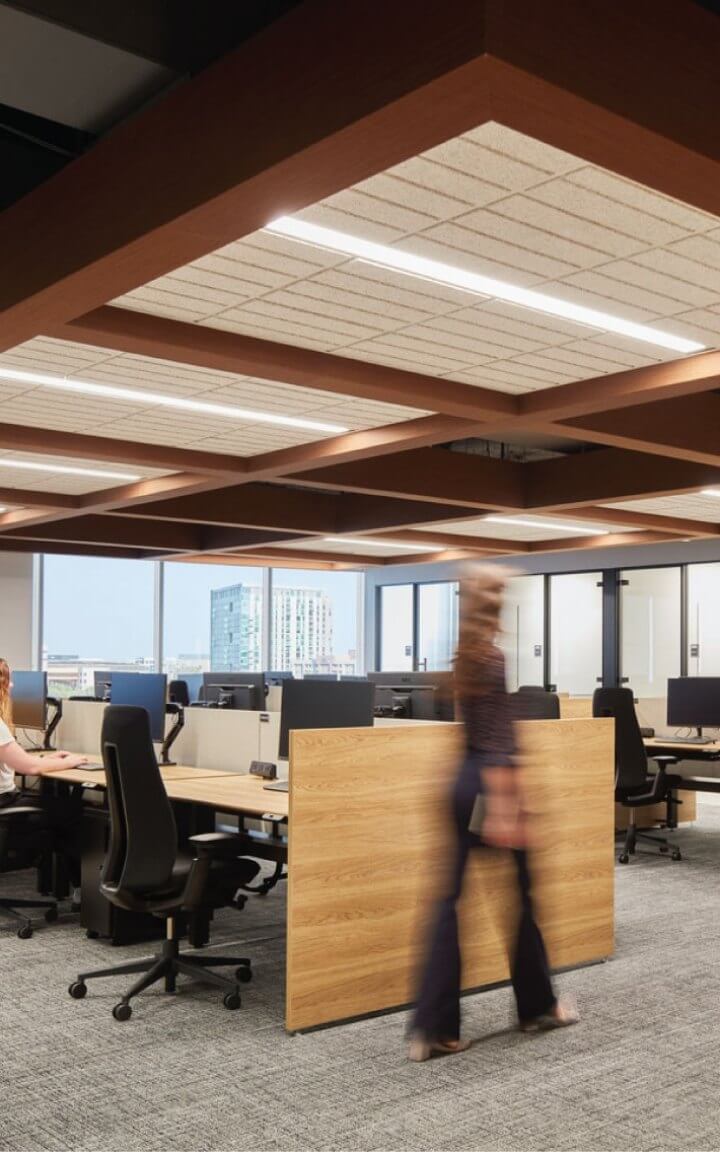The Studio Museum in Harlem

Project Stats
- Location
New York, New York
- Size
82,000 SF
- Role
Executive Architect
- Market
- Expertise
Community centric
The Studio Museum in Harlem is the nexus for artists of African descent — locally, nationally and internationally — and for work that has been inspired and influenced by Black culture. The museum, which had occupied a 1914 office retrofitted by Black architect J. Max Bond Jr. since 1982, has been a site for the dynamic exchange of ideas about art and society. After outgrowing the location, the museum wanted a purpose-built facility that would place the community it serves at its center.
As executive architect, the design team collaborated with Adjaye Associates to create a new home for the museum on West 125th Street. The seven-floor, 82,000-square-foot building is the first home in the Studio Museum’s 57-year history created expressly for the institution’s mission and program. Designed to be in dialogue with its rich artistic and cultural environment, the new Studio Museum takes its inspiration from the soaring church sanctuaries, vibrant stages, bustling streets, and brownstone stoops of Harlem.

Taking it to the street
The architectural design takes its inspiration from the brownstones, churches and bustling sidewalks of Harlem. The masonry-framed windows of Harlem’s apartment buildings are echoed in the composition of a facade with windows of varying sizes and proportions. Distinctly playing on familiar local architectural tropes, the design uses frames, apertures and doorways as a visual language, presenting a collage of stacked volumes of differing sizes — both double and single height. The facade reveals the activity inside the building to celebrate the relationship to the street and the community.


The neighborhood’s churches are reflected in a top-lit interior gallery with ample wall area for installing large-scale artworks and a central stair that provides lookout points from the landings. At ground level, a set of glass doors, which can be opened in different configurations, welcomes people to descending steps that evoke the ubiquitous stoops of Harlem’s brownstones. The 139-seat lobby, called “the stoop,” is free to the public and leads down from the sidewalk to a lower-level space that can be used as a stage for lectures or performances or be converted for public programs. The steps themselves can be used as benches for watching lectures, performances, and films presented on the building’s lower level — or simply for relaxing in informal gatherings.
More to go around
The conceptual design incorporates a number of notable features designed to enhance the museum’s ability to pursue its mission. At ground level, a double-height window dissolves the barrier between the busy urban street life and the internal world of the cultural institution. The interior is characterized by places for gathering, socializing and connecting.



The monumental stair, clad in terrazzo, occupies the central vertical gallery, connecting the lower level to the fourth floor and offering lookout points. The gallery spaces are carefully crafted to respond to contemporary artists’ needs for exhibiting a mix of two- and three-dimensional works, often of different scales and media. Studios for the artists in residence and dedicated education spaces will be located adjacent to exhibition galleries to facilitate exchanges with the community.
The new building enables the Studio Museum to elevate its service to a growing and diverse audience, provide enhanced educational opportunities for people of all ages, expand its program of world-renowned exhibitions, and strengthen its trailblazing Artist-in-Residence program.


A new point of view
A rooftop terrace with striking views of Harlem and the city beyond features landscape designed by the Harlem-based firm Studio Zewde. Conceived as a space for gathering, reflection, and engagement, the terrace features native plantings and sculptural seating that frame striking panoramic views of Manhattan.
On the Museum’s lower level, a café operated by the local family-owned restaurant Settepani will further enhance the Museum’s commitment to organizations and businesses in its neighborhood. Four art niches with a total area of 1,248 square feet — three on the 125th Street side of the building and one on the 124th Street side — provide spaces for outdoor sculpture and installations. The Studio Museum anticipates LEED Silver certification from the U.S. Green Building Council.
The new Studio Museum in Harlem opened on November 15, 2025. This project was completed by Cooper Robertson prior to its acquisition by Corgan in November 2025.






